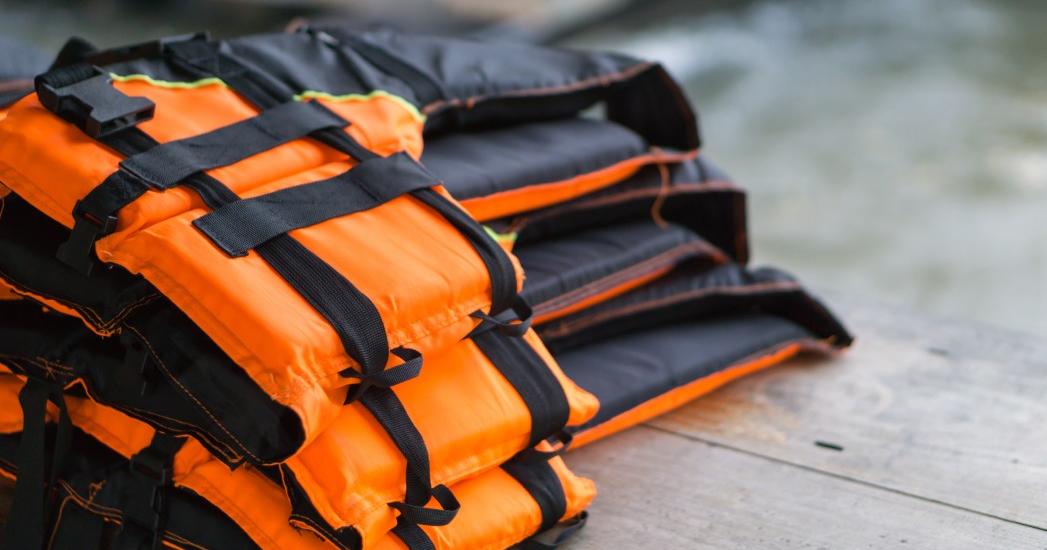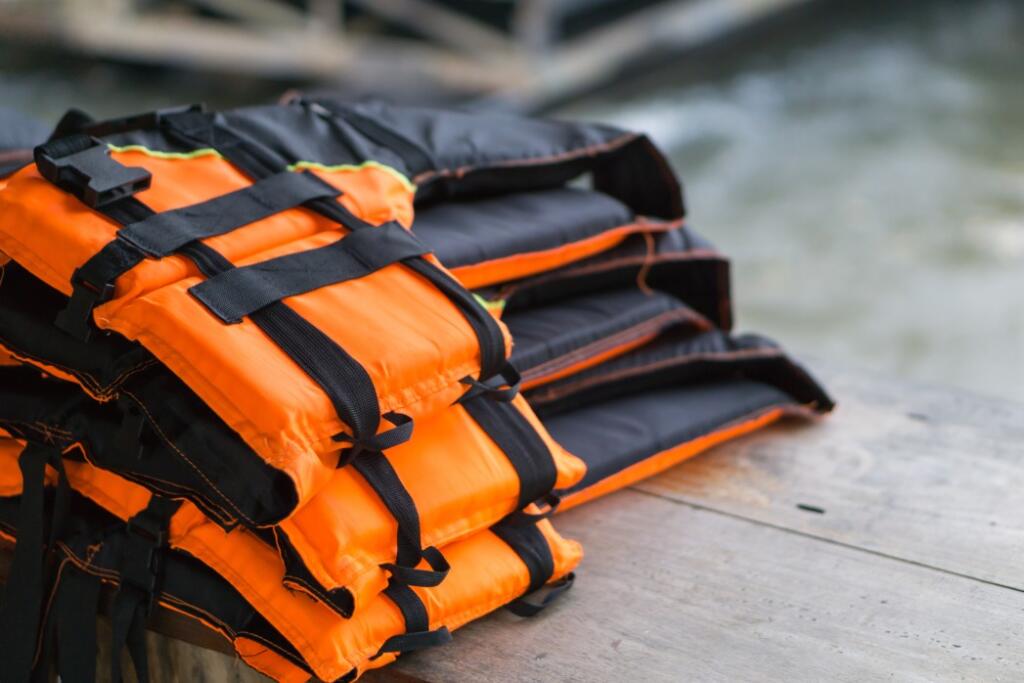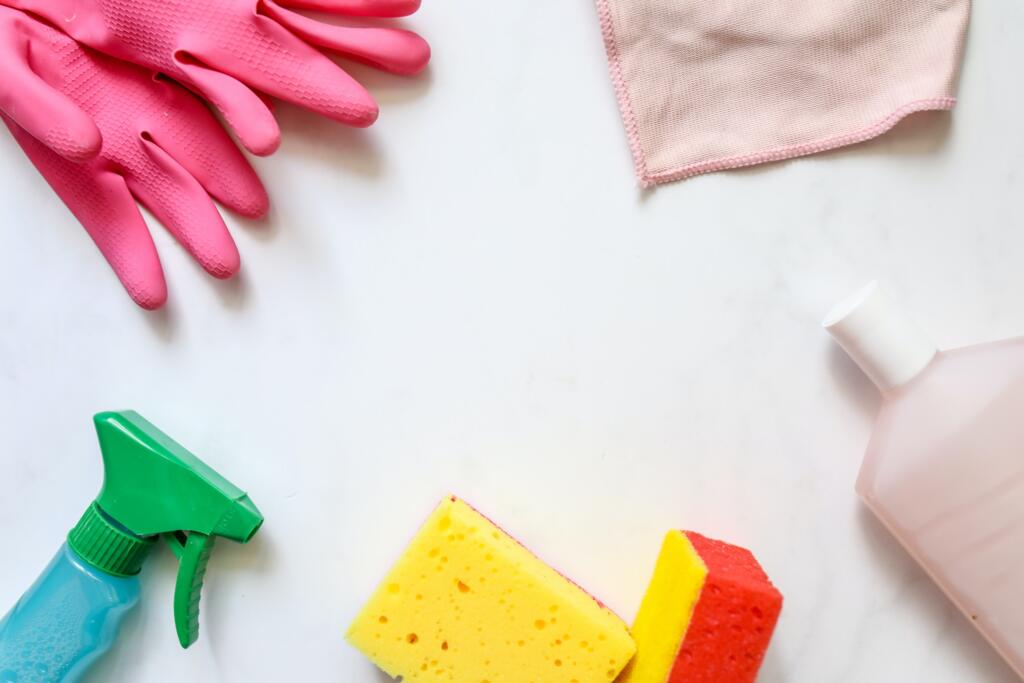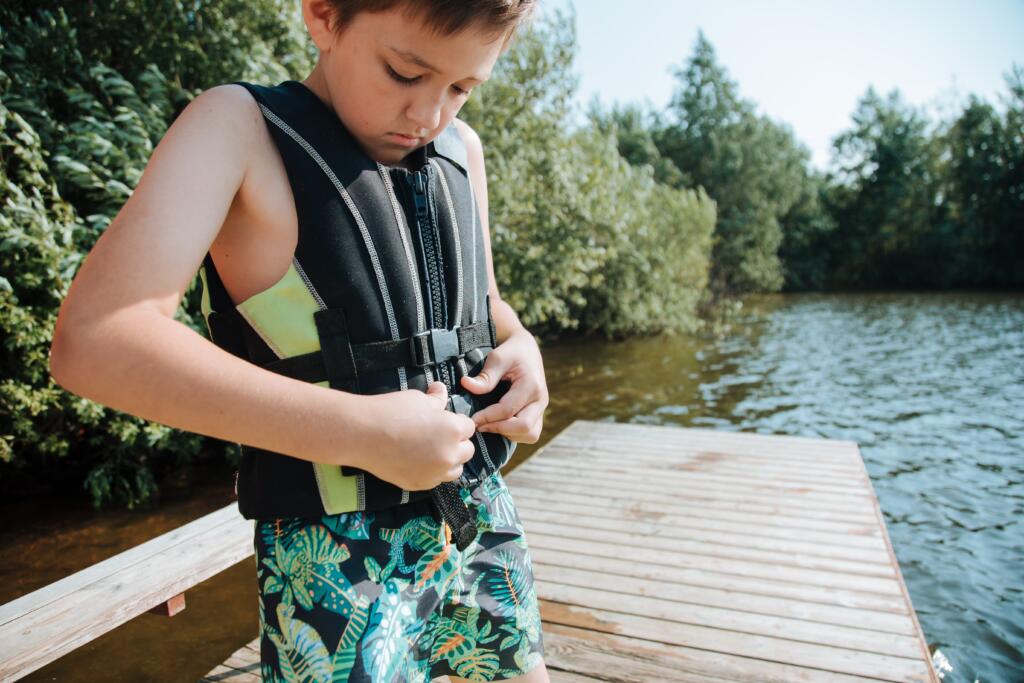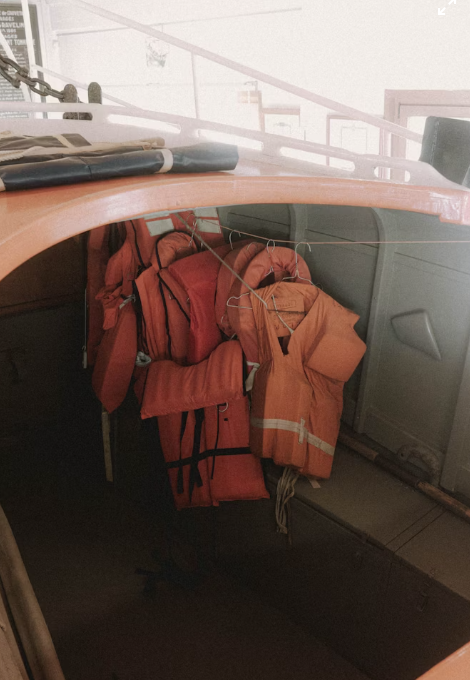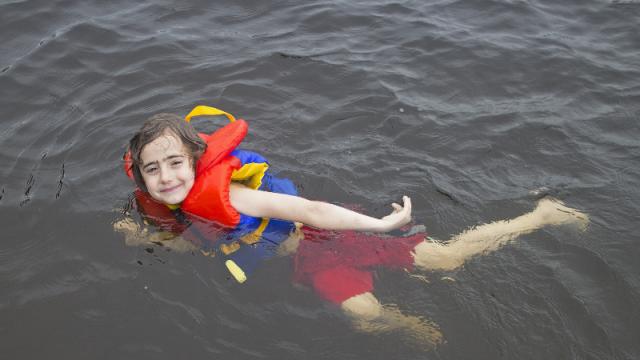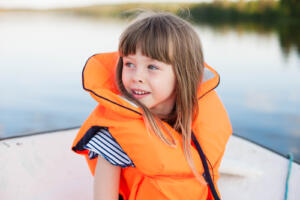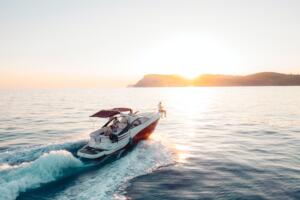 Everyone loves to go boating, but some forget to pack important items needed for the trip. This information has been compiled in order to help you stay on track with your boating venture. There is nothing worse than packing everyone up and arriving to your destination to not be able to have the most fun because you forgot something.
Everyone loves to go boating, but some forget to pack important items needed for the trip. This information has been compiled in order to help you stay on track with your boating venture. There is nothing worse than packing everyone up and arriving to your destination to not be able to have the most fun because you forgot something.
Here is a list of 15 items that are essential in almost any of your boat outings!
#1: Boat Registration
This is important to have before the boat touches the water. It is a requirement in order to operate the vessel.
#2: Camera
Make sure to take a waterproof camera to ensure you can capture the memories.
#3: Marine Radio or Waterproof Cell Phone
This is important for your safety should you become stranded.
#4: Clothes
Just in case an emergency should happen and you are stranded, you may need to take clothing (protected by plastic) to change into should your clothes become wet.
#5: Cooler
If you are going to go fishing, then you will need a cooler for the fish. You will also need a cooler for you drinks or your food.
#6: First Aid Kit
Face it, accidents happens. It is important to have a first aid kit with you for the safety of you and those with you.
#7: Fire Extinguisher
This is self-explanatory. If your engine catches fire, you will most likely want to put it out!
#8: Fishing License
You will need your license on you if you plan on doing some fishing (unless it is private property and you own the lake).
#9: Hand Sanitizer and Wipes
You will be handling a lot of things that hold bacteria. It is important to take wipes and hand sanitizer with you on your trip.
#10: Repellent
Most times it is important to take insect repellent to keep bugs off of you . You are in nature, it will happen.
#11: Food and Beverages
Take food and beverages with you, you never know when you’ll want a snack.
#12: Personal Floatation Devices – PFDs
You will need to make sure each passenger has a PFD for safety. This is a must.
#13: Visual Distress Signals
This is important to have if you are far away from land and your radio is not responsive. This will alert people to your location and that you need help.
#14: Map and Compass
Just in case you venture too far out on the water, you will need to be able to work your way back to land. The map and compass will allow you to stay in control of where you are.
#15: Sunscreen
You will be outdoors, and the reflection of the sun’s rays off of the water can quicken the effect of sunburn.
Make sure that all of these items are packed before you leave for a boat outing. It is suggested to make a list of everything you need to take and everything you want to take to ensure you leave nothing behind, especially anything that is listed here.

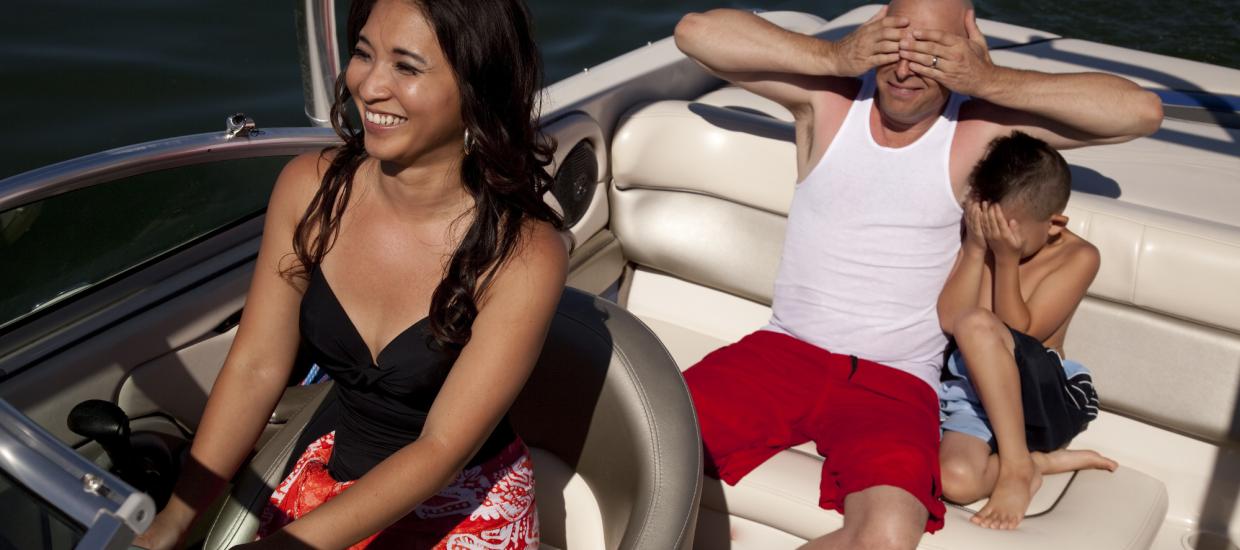
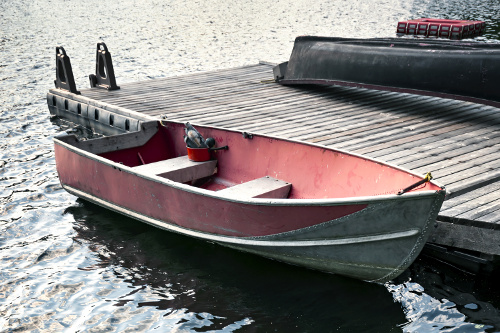
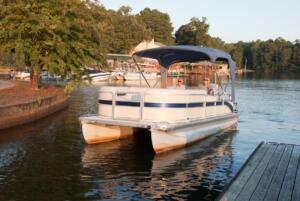
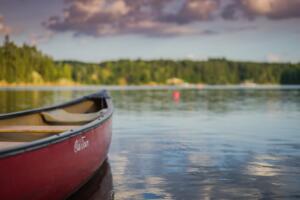 This boat is perfect for the minimalist. It is a lightweight narrow designed boat that seats 1-3 people. There are no motors here; canoes are propelled manually by the occupants using paddles.
This boat is perfect for the minimalist. It is a lightweight narrow designed boat that seats 1-3 people. There are no motors here; canoes are propelled manually by the occupants using paddles.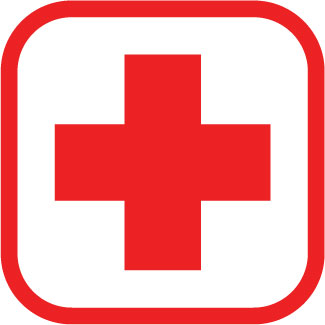
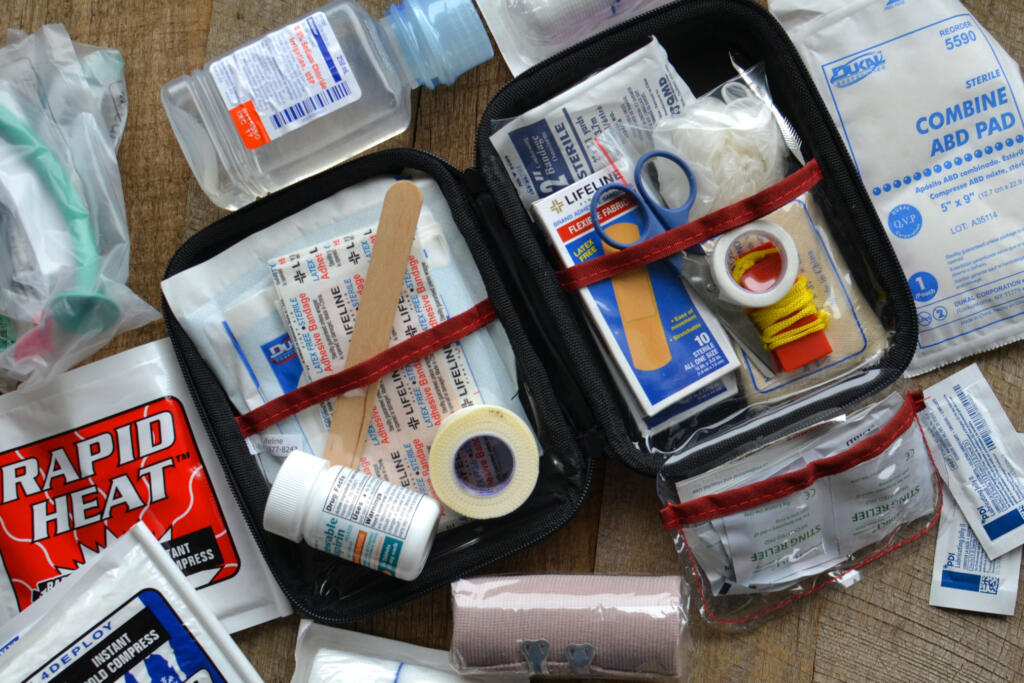

 A compass is a great idea to keep on board, as well. You can purchase a magnetic compass to ensure that your boat is pointed in the right direction at all times.
A compass is a great idea to keep on board, as well. You can purchase a magnetic compass to ensure that your boat is pointed in the right direction at all times.


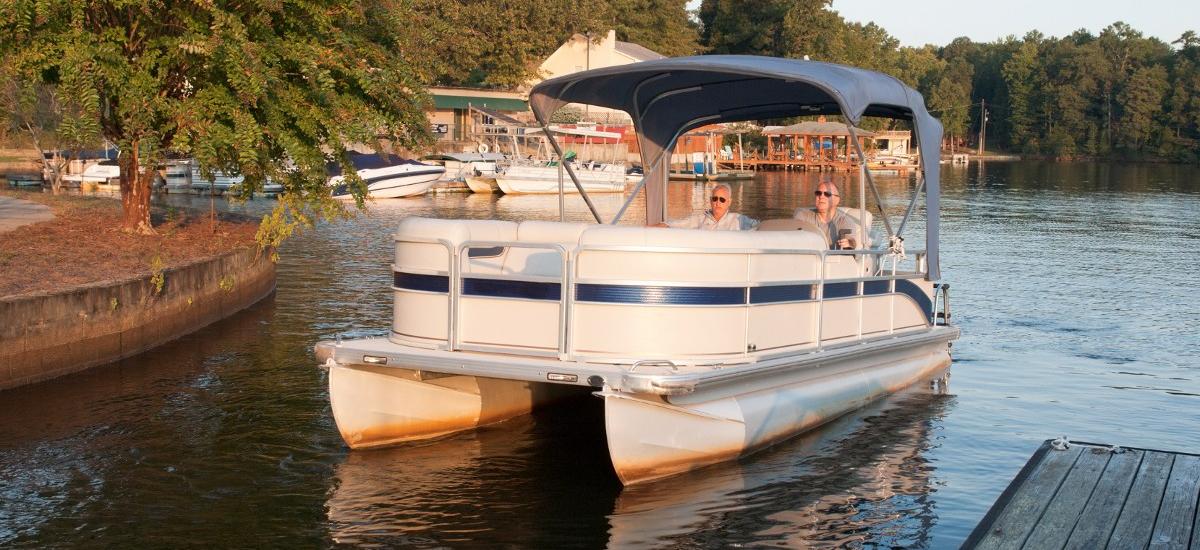
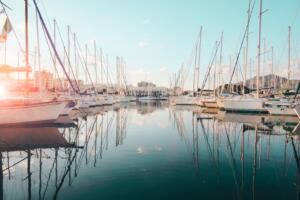
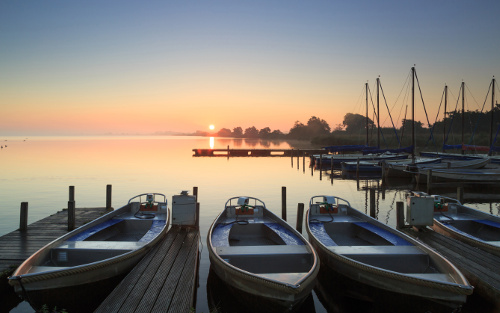
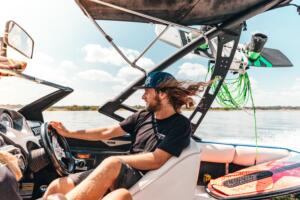 Boating is a way of life for water lovers, which is why there are certain rules that must be followed to ensure everyone’s safety.
Boating is a way of life for water lovers, which is why there are certain rules that must be followed to ensure everyone’s safety.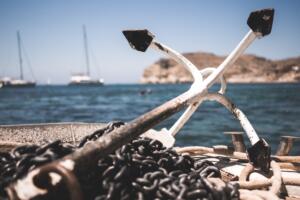 When first entering an anchorage, reduce your speed significantly so as not to create any wake at all. The
When first entering an anchorage, reduce your speed significantly so as not to create any wake at all. The 